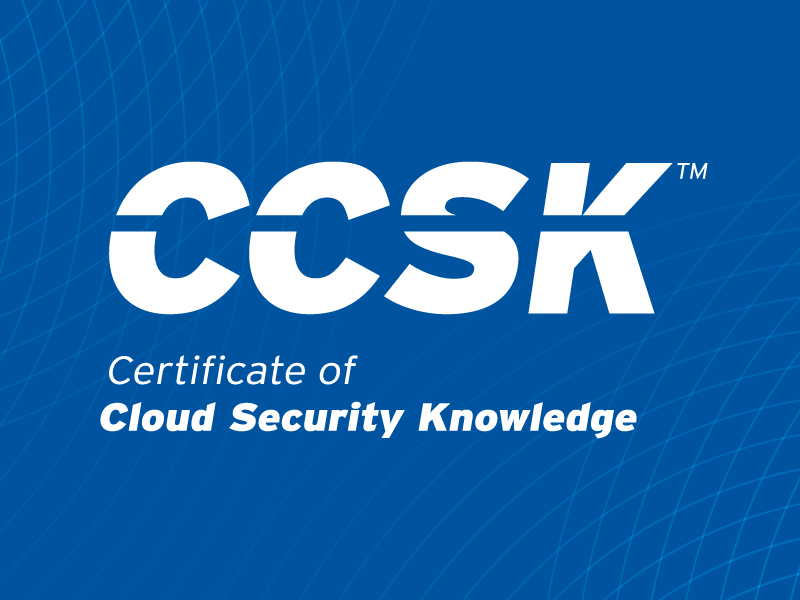The Oversight That Could Cost You: Why Basic Hypervisor Protection Fails
Published 09/04/2025
As more organizations migrate to cloud and virtualized environments, hypervisors play an increasingly critical role. They enable multiple systems to share physical hardware, streamlining operations and improving scalability across industries. But with that centralization comes significant risk.
Despite their importance, hypervisors are often overlooked from a security standpoint. Many tools focus on external network threats or guest operating systems, leaving the virtualization layer exposed. Without proper visibility and control at the hypervisor level, organizations may miss critical indicators of compromise—and face consequences that ripple across the entire infrastructure.
Challenges in Hypervisor Security
- Rising Vulnerabilities: Reported hypervisor vulnerabilities—particularly those affecting VMware ESXi—have increased by 30% over the past five years, highlighting how conventional security layers are failing to adapt.
- Visibility Gaps: Many breaches are due to misconfigurations at the virtualization layer, which network security tools often fail to detect. In 2023, 35% of reported incidents stemmed from preventable configuration issues.
- Limited Runtime Controls: Despite the growing threat landscape, very few solutions currently offer runtime protection specifically for hypervisors. This leaves a blind spot in environments that otherwise appear secure.
Why Traditional Security Falls Short
Traditional security architectures often prioritize perimeter defenses and endpoint visibility—but the hypervisor layer falls outside these standard controls. Network monitoring may detect external threats, but internal misconfigurations or unauthorized hypervisor actions frequently go unnoticed.
This disconnect means even organizations with strong endpoint and network protection may unknowingly leave their virtualization layer exposed.
Broadening the Security Strategy
To effectively secure modern hypervisors, a comprehensive security strategy is essential. This involves:
- Host-Level Security: Implement continuous monitoring, regular patching, and strict access controls.
- Advanced Techniques: Use micro-segmentation and privilege separation to isolate system components and reduce risk.
- Security Hardening: Follow industry-aligned configuration benchmarks and regularly audit hypervisor settings to ensure compliance and resilience.
Security trends increasingly emphasize behavioral-based monitoring and runtime controls to protect dynamic environments. These practices extend visibility to the hypervisor and support a more resilient, layered defense.
Conclusion
Hypervisors are too foundational—and too frequently targeted—to be treated as an afterthought. Relying solely on network or endpoint security leaves organizations vulnerable to a growing class of attacks that operate below the radar.
A layered security model that includes hypervisor-specific visibility, controls, and resilience is essential to protecting virtual infrastructure. As threats evolve, security strategies must evolve with them—starting at the foundation.
About the Author
Nathan Leads the Threat Intelligence team at Vali Cyber. He graduated with a Degree in Computer Science from the US Air Force Academy and spent his early career in offensive cyber operations with the US Air Force.
.jpeg)
Unlock Cloud Security Insights
Subscribe to our newsletter for the latest expert trends and updates
Related Articles:
Why Agentic AI Matters for the Future of Cybersecurity
Published: 01/06/2026
Choosing the Right Key Responsibility Model
Published: 01/05/2026
IaC Security in the Age of AI: New Threats, Smarter Solutions
Published: 01/05/2026
AAGATE: A NIST AI RMF-Aligned Governance Platform for Agentic AI
Published: 12/22/2025





.png)
.jpeg)
.jpeg)
.jpeg)
.jpeg)